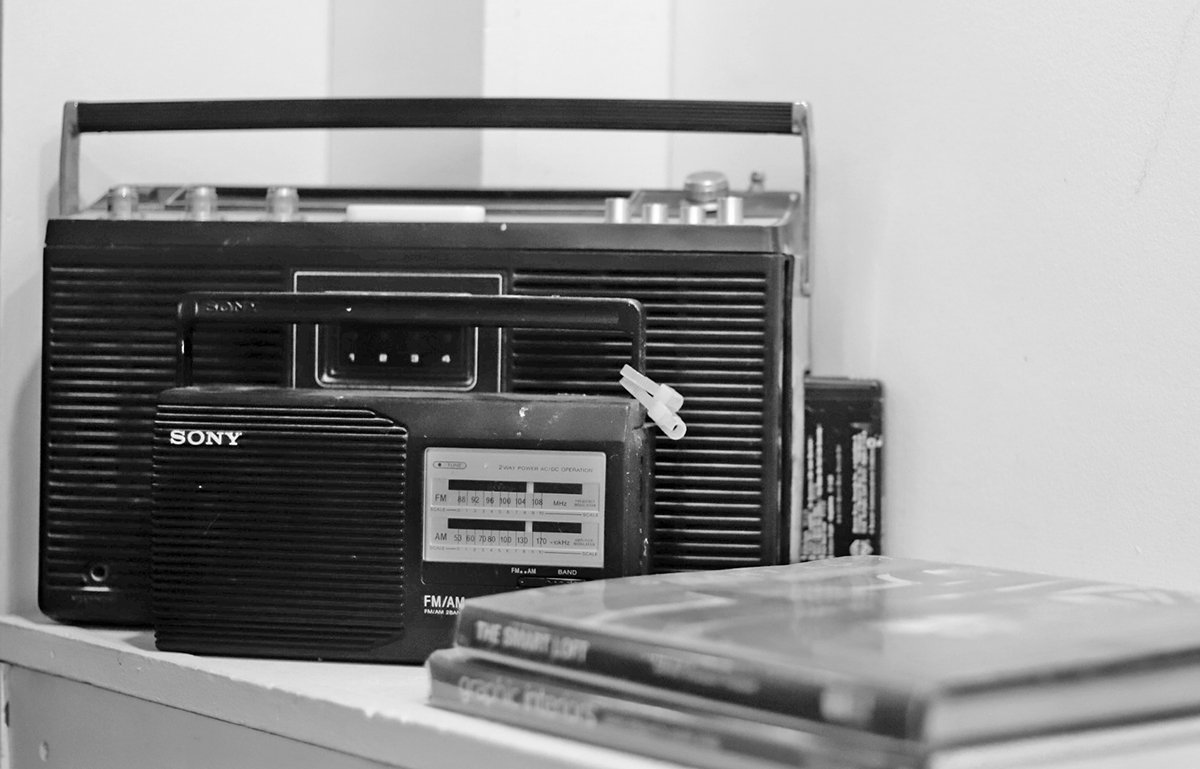How to Legally Sample a Song in Your Music
Learning how to sample a song legally is a standard part of modern music production. Essentially, sampling is when you reuse a part of a song made by another artist in your own production. Sampling without permission is illegal and will get you in trouble. Common sampling steps involve:
Identifying what you need
Sampling a song and mixing it into a new one
Looping and layering the sample
Sampling is complex and isn’t without issues. Here’s a quick guide to what you need to know.
Understanding Music Sampling Laws
You need permission when sampling a song. Is sampling legal? Without express consent from the owner, you are liable for copyright infringement. Whoever holds the copyright to a song is the only person who can grant “sample clearance,” or you can face lawsuits and end up owing sums of money.
Identifying the Source Material
Sampling can be relatively straightforward. You can use online resources such as libraries or common media like CDs, vinyl, and tapes. To find the copyright holder, you can ask the music publisher for records, find the release company, or hire a sample clearance expert.
Do You Need Permission to Sample a Song?
To obtain permission to sample a song, you can do a few things, such as contact the record label, artist, or publisher. It is crucial to clear samples from both the original sound recording and the composition before creating a new track. There are a few different licenses available when sampling that you need to be aware of when mixing in a recording studio. These often include the following:
Mechanical license: an agreement to release a song in audio-only format.
Sync license: allows you to use a song in sync with a visual format such as a movie.
Sample clearance service: specializes in obtaining permission to use copyrighted works.
There is no fixed sum when it comes to using samples, and copyright owners can charge for what they like. Sample clearance will typically cost between hundreds and thousands of dollars.
Alternative approaches
Fortunately, there are some alternatives when sampling a song. Pre-cleared samples provide musicians with legally usable audio samples that eliminate the need for additional licensing fees. Royalty-free samples are cheaper. Some require a one-off payment, and others are designated free to use. You can also use samples to create unique sounds or entire tracks. But there are pros and cons:
Pros of using alternative methods
Royalty-free samples require no further payment after music distribution.
Using samples means you don’t need to hire extra musicians to create tracks.
Free-to-use samples are very cost-effective when starting out in music or video.
Sample libraries offer a wide range of sounds and samples, allowing creators to explore various options without dealing with copyright issues.
Cons of using alternative methods
Many artists often use royalty-free samples, which can result in unoriginal tracks.
Licenses must often be adhered to when using royalty-free samples.
It can be hard to find the exact sounds you have in mind when developing a track.
Clearing samples from recorded music can be complex and time-consuming, posing legal challenges for artists.
Sampling Etiquette
There is a way to sample correctly. First, your recording studio must obtain permission. It is crucial to copyright your own music to protect against infringement and potential legal issues when using samples in music production. Further, the original sample must be maintained and not altered to respect it and the artist and keep it recognizable. Credit the creator and ensure the correct sampling clearance is obtained.
Documentation & record-keeping
It is vital that you keep accurate records of any samples you use and the permissions granted. Utilizing sampling software can greatly assist in managing these samples and permissions. This will help should any legal issues arise. Always keep records (written or recorded) of license agreements and any communications you have had with the copyright holders.
Case Studies
When all legal procedures are followed, sampling helps create great new music. Sampling has its roots in hip hop, where it has evolved to become a fundamental technique across various genres. One example is Drake’s “Hotline Bling,” which sampled “Why Can’t We Live Together” by Timmy Thomas. On the other hand, Kanye West, who did not follow legal procedures, is being sued for using part of “Move Your Body” in “Flowers.”
Resources for Sampling
Here are some services specializing in sample clearance:
Tracklib: https://www.tracklib.com/
Harry Fox: https://www.harryfox.com/
Sample Clearance: Obtain Permission and Use Samples the Right Way
Sampling a song is a great way to make music. However, you need to obtain permission from the copyright owner before using anything. Alternatively, you can use royalty-free or free-to-use samples. For copyrighted works, a sample clearance service can help obtain permission.
Record Your Next Song at a Professional Recording Studio in Santa Monica, CA
Sampling isn’t something to be afraid of; rather, it is to be embraced. Sampling plays a foundational role in genres like hip hop, electronic, and pop music, allowing for creative innovations across various genres. However, it can be off-putting because of the legal issues. When recording your next piece, record at lmnl studios.
lmnl has professional recording studios open 24/7 and offers in-house engineering for your production needs.
Contact us today to get started or book our daily recording studio now.
*This blog is for informational purposes only and does not constitute legal advice. Always consult with a legal professional regarding copyright laws and obtaining proper permissions for sampling music.*



